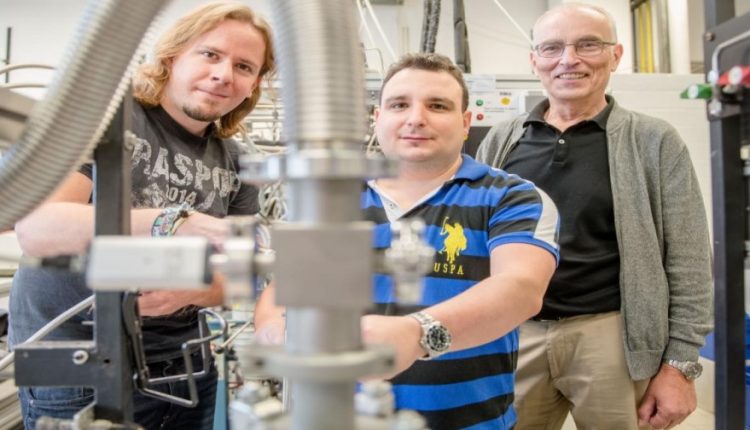What if you could change the magnetic properties of a material using different colored light? Scientists from Ruhr- Universität Bochum (RUB) in Germany, working as a team within the Cluster of Excellence Ruhr Explores Solvation, have developed an organic molecule that does exactly that.
The molecule, 3-methoxy-9-fluorenylidene alters its magnetic properties in response to blue and green light. The molecule could play a significant role in computer engineering and data storage methods, even revolutionizing the material used in magnetic hard drives. This could, potentially, lead to even longer-lasting, more reliable, and lower cost magnetic storage technologies.
Magnetism is indispensable in computer engineering. Magnetism controls the information flow from the computer to magnetic storage media such as hard disks. Magnetic storage devices also use read/write heads in the form of magnets that identify (i.e. read) or alter (i.e. write) the magnetization patterns on the hard disk.
The researchers learned that the molecule’s magnetic properties are determined by the orientation of the methoxy group, which changes its conformation depending on the kind of light that hits it.
Blue light switches the methoxy group into the “up” conformation forming the diamagnetic and less reactive singlet state. Greenlight rotates the methoxy group down at the molecule, which results in the paramagnetic triplet state that has a higher reactivity against molecular hydrogen.
Developed by Professor Wolfram Sander, Chair of Organic Chemistry II at RUB, and his team, the organic molecule 3-methoxy-9-fluorenylidene is based on a fluorine scaffold with a methoxy group attached in the shape of a rotational tail.
Compared with traditional ferromagnetic materials, 3-methoxy-9-fluorenylidene offers considerable advantages. For starters, the magnetism can be switched on and off through visible light. Also, organic magnets are not brittle like conventional magnets, but flexible, which could lead to even more reliable storage. They can also be processed like plastics, which could lower manufacturing costs.
“Using this group of atoms, we can study the spin dependence of reactions. It could also play a role in the development of novel switchable magnetic materials and chemical sensors,” Sander said in a press release.
However, the molecule does have one drawback: it is stable only at extremely low temperatures. Sanders notes that the team is continuing its research to find magnetically switchable materials that can be used in ambient conditions.

